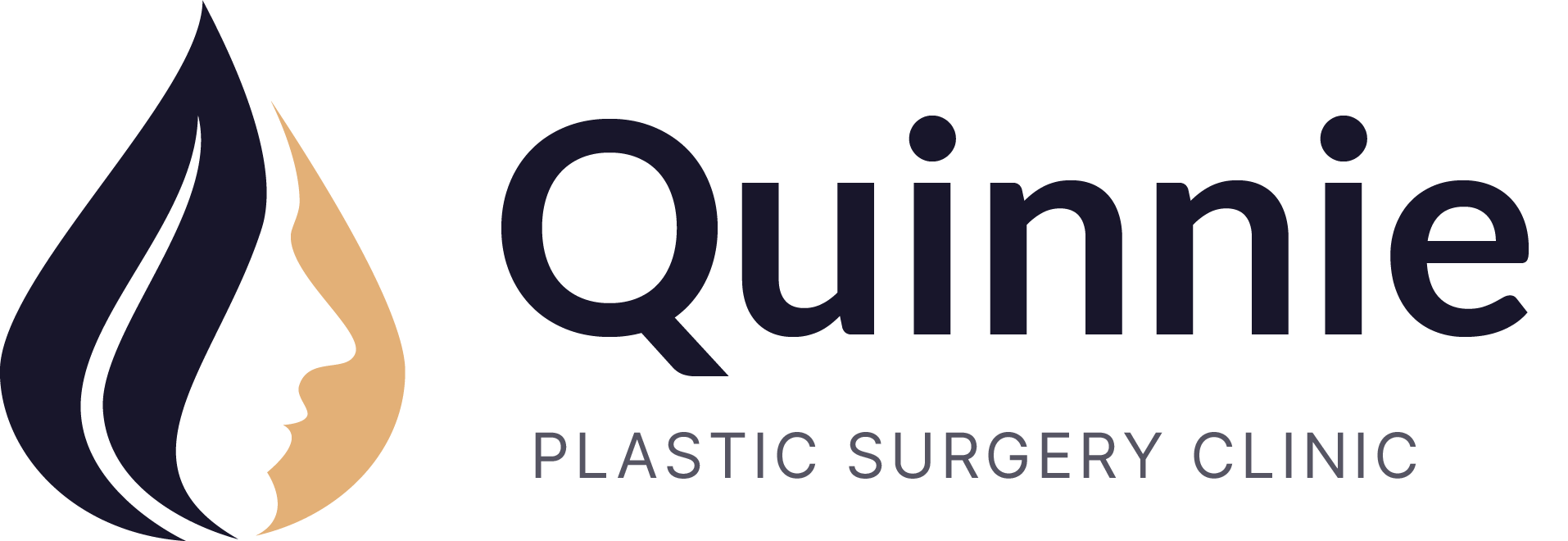Understanding vascular diseases
gnaneswaratturu@gmail.com
Understanding Vascular Diseases
Vascular diseases are conditions that affect the blood vessels — the arteries, veins, and capillaries that carry blood throughout your body. A healthy vascular system ensures that oxygen and nutrients reach your organs and tissues. When this system is compromised, it can lead to serious health issues.
What Are Vascular Diseases?
Vascular diseases refer to any condition that affects the circulatory system outside of the heart and brain. These disorders can restrict or block blood flow, weaken blood vessels, or cause abnormal vessel growth. Common vascular diseases include:
-
Peripheral Artery Disease (PAD): Narrowing or blockage of arteries in the limbs, often due to atherosclerosis.
-
Deep Vein Thrombosis (DVT): A blood clot in a deep vein, usually in the legs, which can lead to serious complications if untreated.
-
Varicose Veins: Swollen, twisted veins caused by weak or damaged vein valves.
-
Aneurysms: Bulging or weakened areas in an artery wall, which can rupture and cause life-threatening bleeding.
-
Carotid Artery Disease: Narrowing of the carotid arteries in the neck, increasing the risk of stroke.
-
Raynaud’s Disease: A condition where blood flow to fingers and toes is temporarily reduced due to blood vessel spasms.
Common Symptoms
Vascular diseases often develop slowly and may not show symptoms in the early stages. However, some signs to watch for include:
-
Leg pain or cramping when walking (PAD)
-
Swelling in the legs or arms
-
Numbness or weakness in the limbs
-
Cold hands or feet
-
Visible, bulging veins
-
Skin color changes or ulcers that don’t heal
If you experience any of these symptoms, it’s important to seek medical advice early.
Risk Factors
Several factors can increase your risk of vascular disease, including:
-
Smoking
-
High blood pressure
-
High cholesterol
-
Diabetes
-
Obesity
-
Sedentary lifestyle
-
Family history of vascular conditions
Diagnosis and Treatment
Diagnosis may involve physical exams, blood tests, ultrasound, or imaging studies like CT or MRI angiography. Treatment depends on the condition and its severity, and may include:
-
Lifestyle changes (diet, exercise, quitting smoking)
-
Medications to control blood pressure, cholesterol, or blood clotting
-
Minimally invasive procedures like angioplasty or stenting
-
Surgery in severe cases (e.g., bypass surgery or aneurysm repair)
Prevention
Many vascular diseases are preventable. Healthy lifestyle choices can greatly reduce your risk:
-
Maintain a balanced diet low in saturated fat and salt
-
Exercise regularly
-
Manage stress
-
Avoid tobacco products
-
Get regular checkups, especially if you have risk factors
When to See a Vascular Specialist
If you have symptoms or risk factors for vascular disease, a vascular specialist can provide advanced diagnosis and care. Early detection and treatment are key to preventing complications such as stroke, limb loss, or organ damage.
